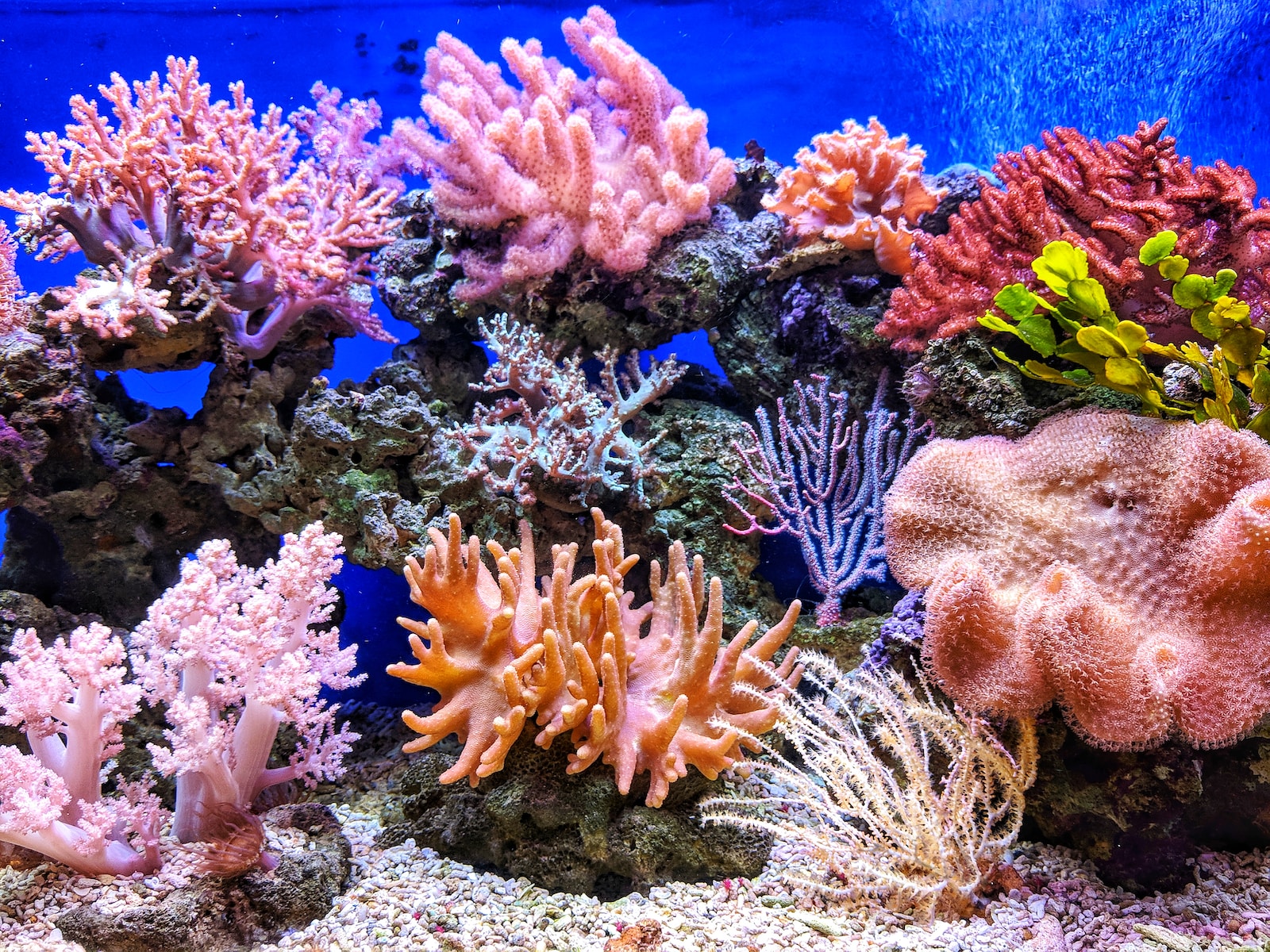Last Updated on: 21st November 2023, 08:57 pm
Coral reefs are a vital part of the world’s marine ecosystem, providing habitat to over a quarter of marine species despite only covering 0.2% of the seafloor. However, coral reefs are under threat due to climate change, which causes coral bleaching and death. Scientists predict that a 1.5C increase in water temperature could lead to losses of between 70% and 90% of the world’s reefs, and some think that coral reefs could be gone altogether by 2070.
Traditional coral restoration methods are slow and costly, involving transplanting tiny corals onto damaged reefs. Marine biologist Taryn Foster is testing a new system in the shallow waters of the Abrolhos Islands, which involves grafting coral fragments into small plugs and inserting them into a moulded base. So far, the results have been encouraging, with the coral growing well on the artificial foundations.
Foster has formed a start-up firm called Coral Maker and is partnering with engineering software firm Autodesk to accelerate the process further. Their researchers are training an artificial intelligence to control collaborative robots (cobots) to graft or glue coral fragments to the seed plugs and place them in the base. The next step is to move the robots out of the lab, which should happen in the next 12-18 months, although there are challenges, such as handling wet, living coral delicately and shielding vulnerable components from saltwater damage.
Coral Maker is betting on demand from the tourism industry and plans to issue biodiversity credits, which work similarly to carbon credits. However, large-scale restoration work may require other methods, such as coral seeding, where coral spawn is collected and fertilised in a lab, grown into baby corals in a nursery, and then sown onto degraded reefs. Researchers are also exploring breeding more resistant “super coral” and geo-engineering clouds to reflect sunlight and protect coral from the heat.
Another promising innovation involves sound. Researchers have trained computer algorithms to analyse underwater audio recordings and detect patterns that indicate how healthy a reef is. AIMS is taking this a step further through the research project Reef Song, where underwater loudspeakers placed on damaged reefs play healthy sounds to attract fish and boost reef replenishment.
While there is no silver bullet solution, scientists are hopeful about restoration efforts. Nonetheless, restoration requires a substantial investment of time, money, and human capital to help coral reefs survive a warming future.






